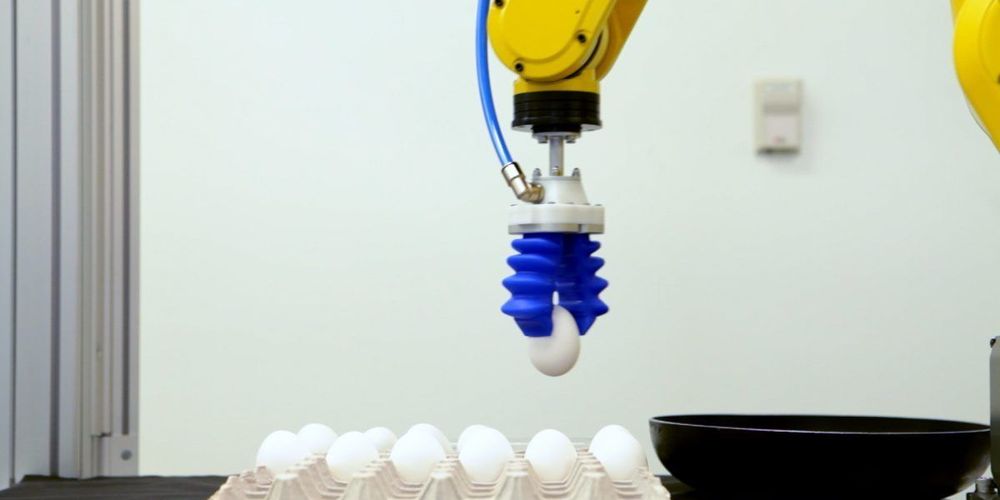Retinal scanning could be a huge leap forward. Even in rich countries, 50% to 80% of Alzheimer’s cases go undiagnosed.
And, after that, of stroke susceptibility and heart disease.
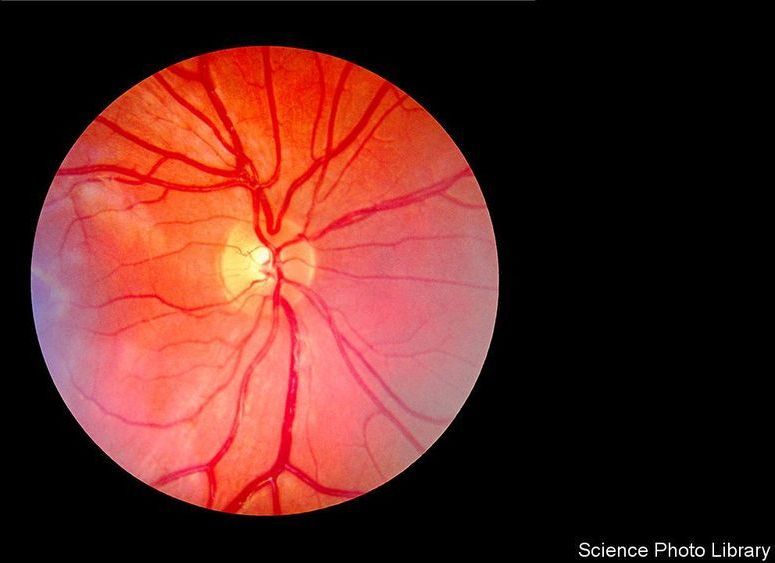
Retinal scanning could be a huge leap forward. Even in rich countries, 50% to 80% of Alzheimer’s cases go undiagnosed.
And, after that, of stroke susceptibility and heart disease.

Sundar Pichai, CEO of Google, calls for sensible regulation of AI. I agree. “Companies such as ours cannot just build promising new technology and let market forces decide how it will be used. It is equally incumbent on us to make sure that technology is harnessed for good and available to everyone.”
Companies cannot just build new technology and let market forces decide how it will be used.

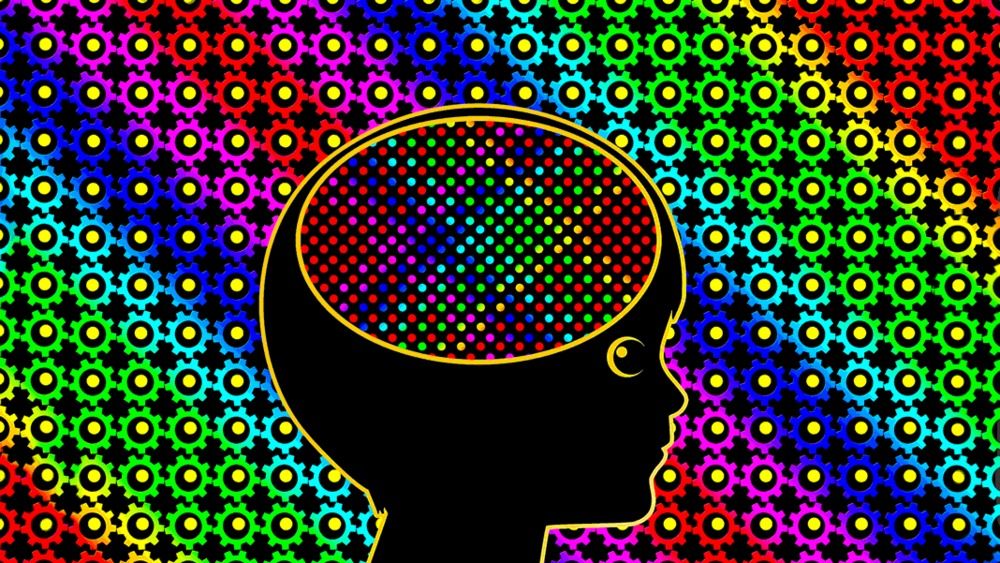
A few years back, DeepMind’s Demis Hassabis famously prophesized that AI and neuroscience will positively feed into each other in a “virtuous circle.” If realized, this would fundamentally expand our insight into intelligence, both machine and human.
We’ve already seen some proofs of concept, at least in the brain-to-AI direction. For example, memory replay, a biological mechanism that fortifies our memories during sleep, also boosted AI learning when abstractly appropriated into deep learning models. Reinforcement learning, loosely based on our motivation circuits, is now behind some of AI’s most powerful tools.
Hassabis is about to be proven right again.
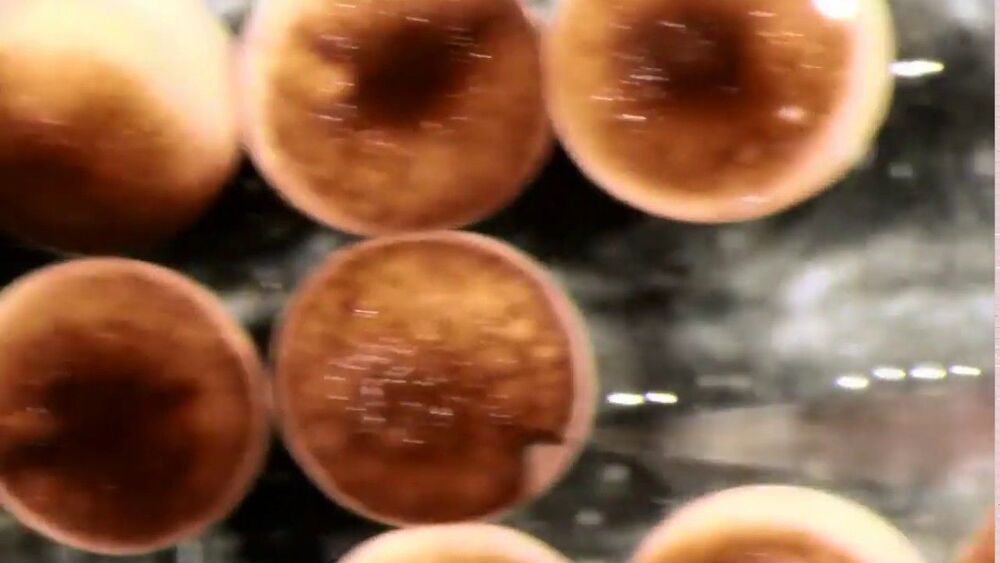
Xenobots have been called the world’s first “living robots”. They are made entirely of living tissue, and can be programmed to move towards a certain object.
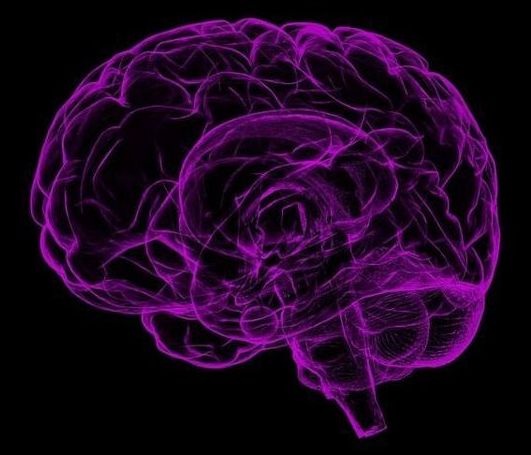
We all subconsciously learn complex behaviors in response to positive and negative feedback, but how that works in the brain remains a century-long mystery. By examining a powerful variant of reinforcement learning, dubbed distributional reinforcement learning, that outperforms original methods, the team suggests that the brain may simultaneously represent multiple predicted futures in parallel. Each future is assigned a different probability, or chance of actually occurring, based on reward.
Here’s the kicker: the team didn’t leave it as an AI-inspired hypothesis. In a collaboration with a lab at Harvard University, they recording straight from a mouse’s brain, and found signs of their idea encoded in its reward-processing neurons.

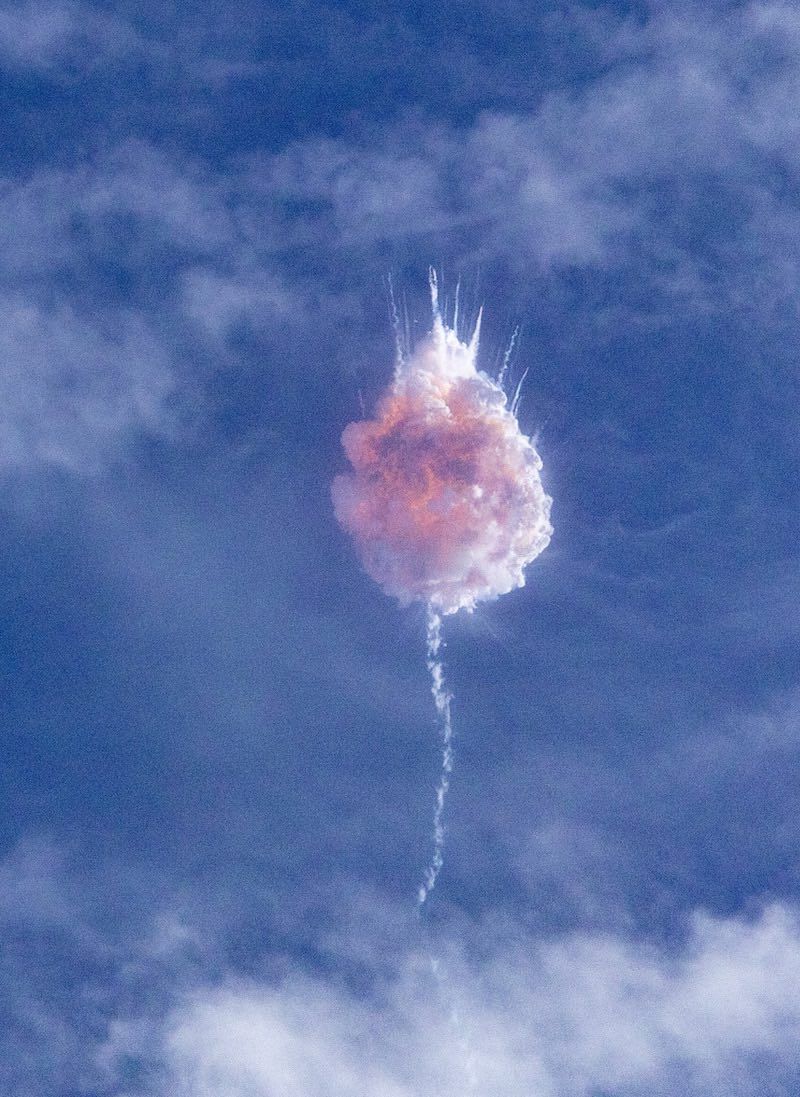
SpaceX simulated an in-flight emergency Sunday to verify the company’s Crew Dragon spacecraft has the capability to catapult itself away from a failing Falcon 9 rocket.
The in-flight abort test demonstrated the human-rated capsule can safely and rapidly fly away from a Falcon 9 rocket experiencing a failure.
As intended, the Falcon 9’s engines prematurely shut down around 84 seconds after liftoff Sunday from the Kennedy Space Center. The automated Crew Dragon capsule fired its own thrusters to escape the rocket before it disintegrated in an orange fireball high over Florida’s Space Coast.
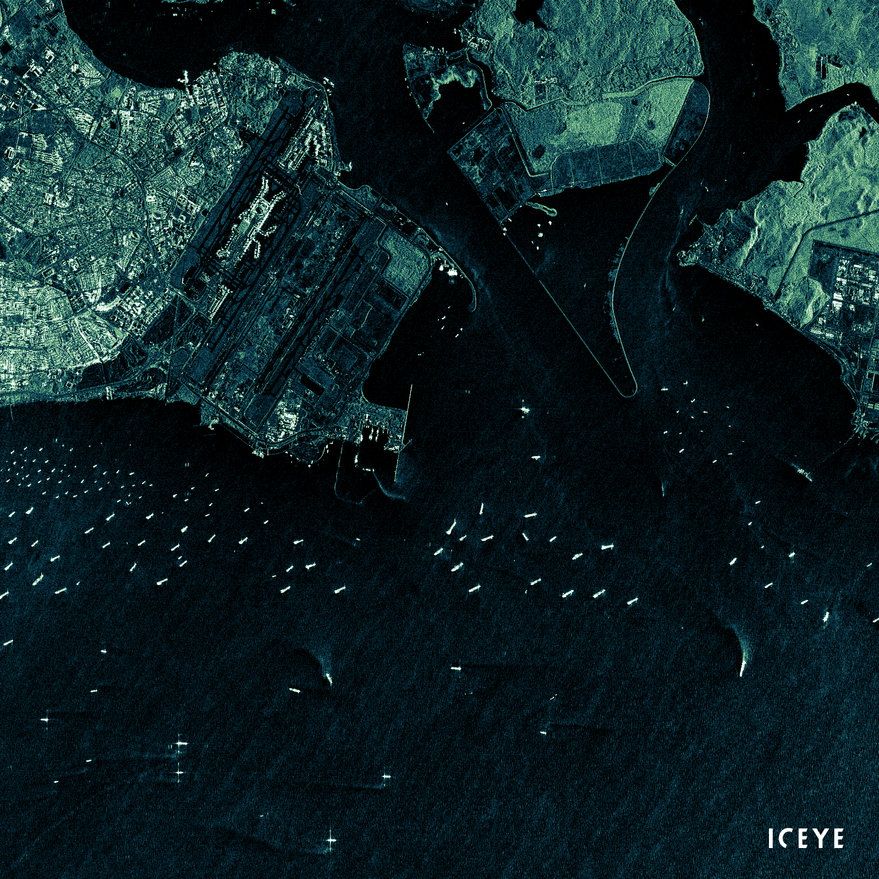
SAN FRANCISCO – Radar satellite operator Iceye released a product Jan. 20 to detect dark vessels, ships at sea that are not identifying themselves with Automatic Identification System (AIS) transponders.
Iceye combines observations from its constellation of three synthetic aperture radar satellites with other data sources to provide customers with radar satellite images of vessels that are not broadcasting their identification, position and course with AIS transponders. The technology is designed to help government agencies, nongovernmental organizations and commercial customers curb drug and human trafficking, find illegal fishing vessels and enforce rules against illegal transshipment of goods, Finland-based Iceye said in a Jan. 20 news release.
Dark vessel detection is a popular application for radar satellites which gather data day, night and in all weather conditions, Pekka Laurila, Iceye co-founder and chief strategy officer told SpaceNews. With three satellites in orbit, Iceye offers customers the ability to frequently revisit areas of interest. In addition, the company has developed machine learning algorithms to speed up dark vessel detection, he added.
